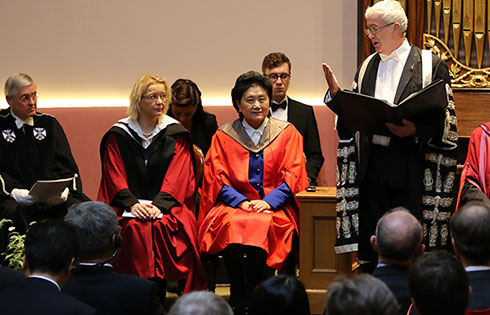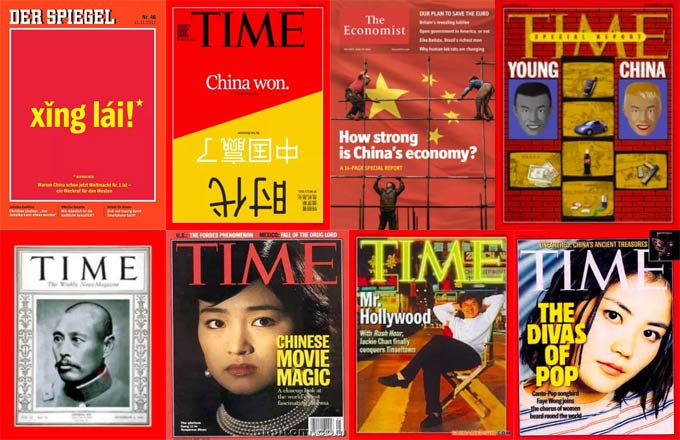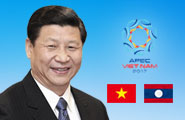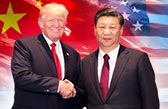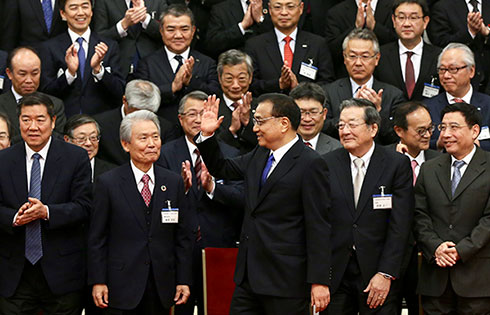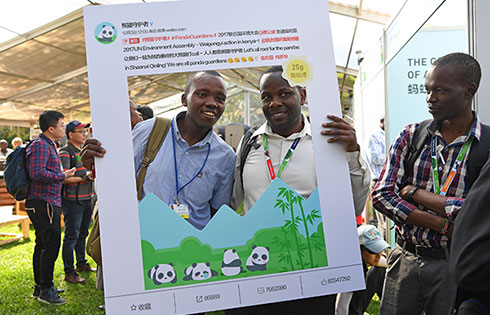China-US S&ED Outcomes of the Strategic Track
V. Cooperation on Environmental Protection
60. Air Quality Action Plan: Following up on more than a decade of collaboration on air quality, decided to cooperate to accelerate longer-term sustainable improvements in air quality. This work builds on continuing collaboration to share strategies and information on power plant technologies, practices, and incentives to cost-effectively reduce multiple air pollutants. The Environmental Protection Agency (EPA), USTDA, and Ministry of Environment Protection (MEP) are further enhancing the cooperation in regional air quality management by including treatment of Volatile Organic Compounds (VOCs) for controlling ozone and collaborating on a project to develop a model air quality plan that shares best practices of US cities and states and fosters deployment of US pollution control expertise and technologies in a selected province. In addition, EPA, USTDA, and MEP can enhance cooperation in air quality monitoring, early warning and forecast development of air quality models, and quality control and assurance of related monitoring technologies.
61. Water Quality Action Plan: Under the Ten-Year Framework, decided to cooperate on source-water lake protection with climate-ready drinking water adaptation considerations, and fostered a Sister-Lake Cooperation between the State of Minnesota and Hubei Province. The two sides decided to continue to promote exchanges in groundwater technology and services related to monitoring, remediation, standards development, and the nexus between water and energy, such as with shale gas. US officials and industry experts plan to participate in this year’s Environment Industry Forum and are collaborating to improve groundwater quality through pilot projects in prevention and control measures, as well as improving policies and regulations.
62. Green Ports: Collaborated to expand the knowledge and capabilities of Chinese ports with respect to environmental protection and oil spill response. Jointly hosted the Sino-US Maritime Oil Spill and Emergency Response Seminar and Expo in Qingdao June 4-6, 2013, and decided to support a study tour for Chinese transportation leaders on environmentally-friendly practices at U.S. ports.
63. Environmental Law and Institutions: Marked the establishment of the EPA-MEP MOU Annex 6 on Environmental Law and Institutions. The first Environmental Legislation seminar was held in Beijing November 17-18, 2011. The two sides co-hosted the second and third seminars in May and December of 2012, respectively, and have decided to hold a 4th Environmental Legislation seminar in late 2013. These seminars have been a strong collaboration mechanism for in-depth and effective communication on a range of issues. The sharing of experience between the two sides on environmental legislation has already become a crucial component of US-China environmental cooperation.
64. Environmental Adjudication, Courts, and Related Institutions: Strengthened cooperation and collaboration in the field of environmental protection. Through a USAID-funded program, the US-China Partnership for Environmental Law at Vermont Law School and the EPA collaborated with the National Judges College to train fifteen judges on environmental adjudication and to develop an environmental law curriculum that will be used to train judges from across China. The EPA also collaborated with Chinese judges on two environmental law study tours to the United States in 2012 and plans to collaborate with China Maritime Court Judges on a study tour in 2013.
65. Forest Management: Continue to cooperate on forest management activities, including by enhancing sustainable forest management through their respective engagements with intergovernmental and nongovernmental organizations at the regional level. In April 2013, the US Forest Service, the State Forestry Administration of China, and the Memphis Zoo hosted a Ten-Year Forest Health Assessment Workshop in Tai'an, China.
66. Wildlife Trafficking: Committed to combat the global illegal trade in wildlife by pursuing more effective cooperation mechanisms to combat the illegal trade in wildlife based on analyses of the global situation and assessments of existing mechanisms; strengthening enforcement at the national, regional, and global level, including through enhanced cooperation among law enforcement agencies; making efforts to eliminate illegal supply of and demand for illegally taken and traded wildlife and products; developing innovative technologies to advance such efforts; and strengthening international cooperation in wildlife conservation and protection by collaborating with other governments, including range states. Furthermore, decided to further explore the best platform to elaborate on the above mentioned activities.
67. Exchanges on Heavy-Duty Vehicles: Are agreed that the USTDA is to invite a delegation of Chinese officials from the Ministry of Industry and Information Technology (MIIT) and the Ministry of Environmental Protection (MEP), among other relevant Chinese agencies, to the United States to exchange views on policies and programs that improve fuel efficiency and reduce greenhouse gas emissions from heavy-duty vehicles.
VI. Cooperation on Science, Technology, and Agriculture
68. Protocol on Marine Science: NOAA and the Chinese Academy of Fishery Sciences (CAFS) affirmed their commitment to the Living Marine Resources Panel, including the upcoming meeting in February 2014 in Seattle, Washington, and ongoing projects including joint research on the Western Gray Whale, information exchange on alternative feeds research for aquaculture production and sea turtles research, scientist staff exchange on stock enhancement and sea ranching, and a workshop to exchange information on oil spill effects on living marine resources.
69. Joint Research on Severe Weather Monitoring: Enhance exchange and cooperation on the joint research and development of monitoring, warning and risk assessment technology for severe weather and climate, such as hurricane (typhoon), strong convective weather, droughts, high temperature, and heat waves, in order to jointly improve the ability to respond to severe weather and climate events.
70. NOAA-CMA Joint Research: Affirmed their mutual commitment to strengthening joint research between NOAA and the China Meteorological Administration (CMA) through the US-China Science and Technology Agreement.
71. ISOCORE: NOAA of the United States and the State Oceanic Administration (SOA) of China are developing the Scientific Plan of Indian-Southern Oceans Climatic Observation, Reanalysis, and Prediction (ISOCORE).
72. NOAA-CMA Greenhouse Gas Monitoring: Continue to strengthen joint research between NOAA and the China Meteorological Administration (CMA) through the US-China Science and Technology Agreement to develop accurate and reliable capabilities for observing and understanding the behavior of greenhouse gases in the atmosphere.
73. Exchanges in Agricultural Technology: Continue strengthening policy exchanges and coordination between the United States and China, promoting bilateral, pragmatic cooperation in agricultural issues, including actively working to implement the Biotechnology Pilot Program.






